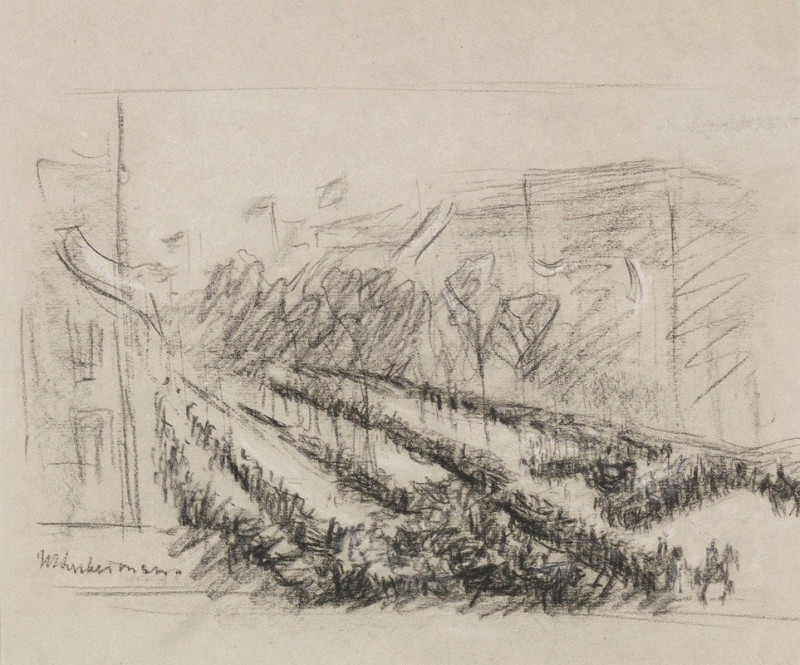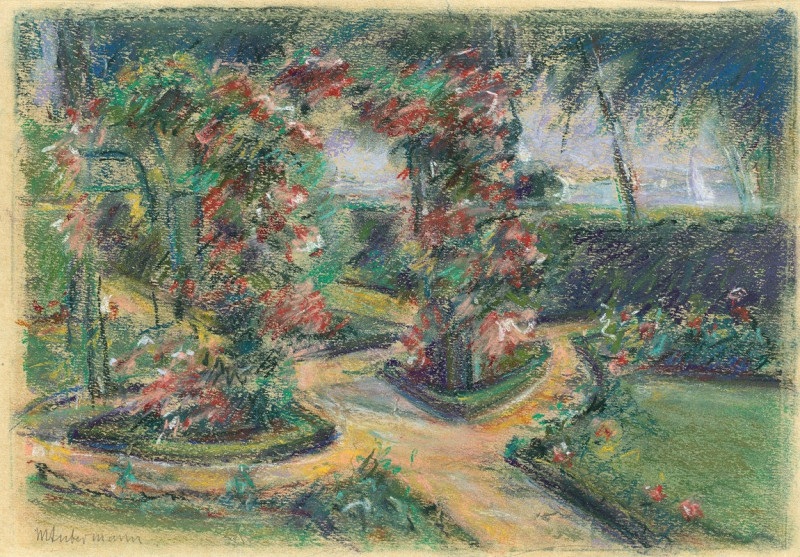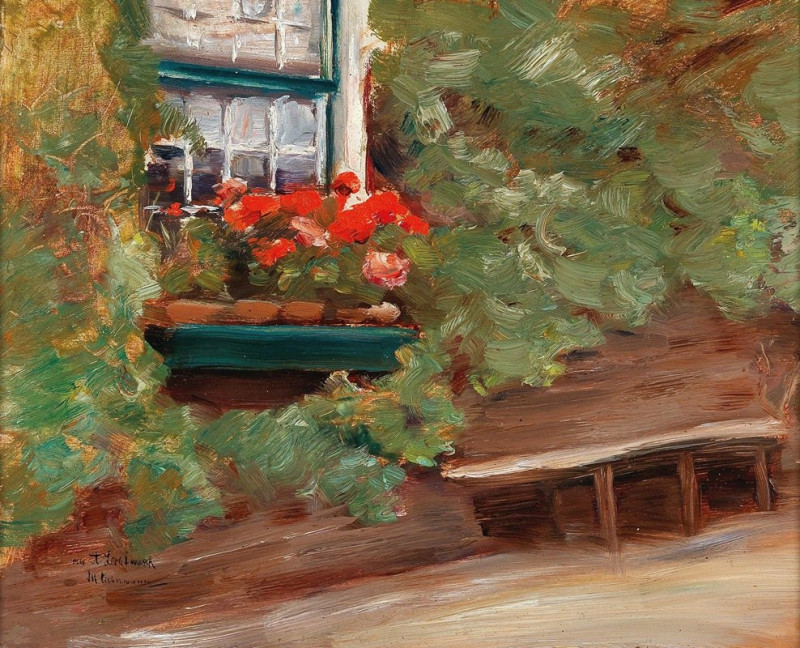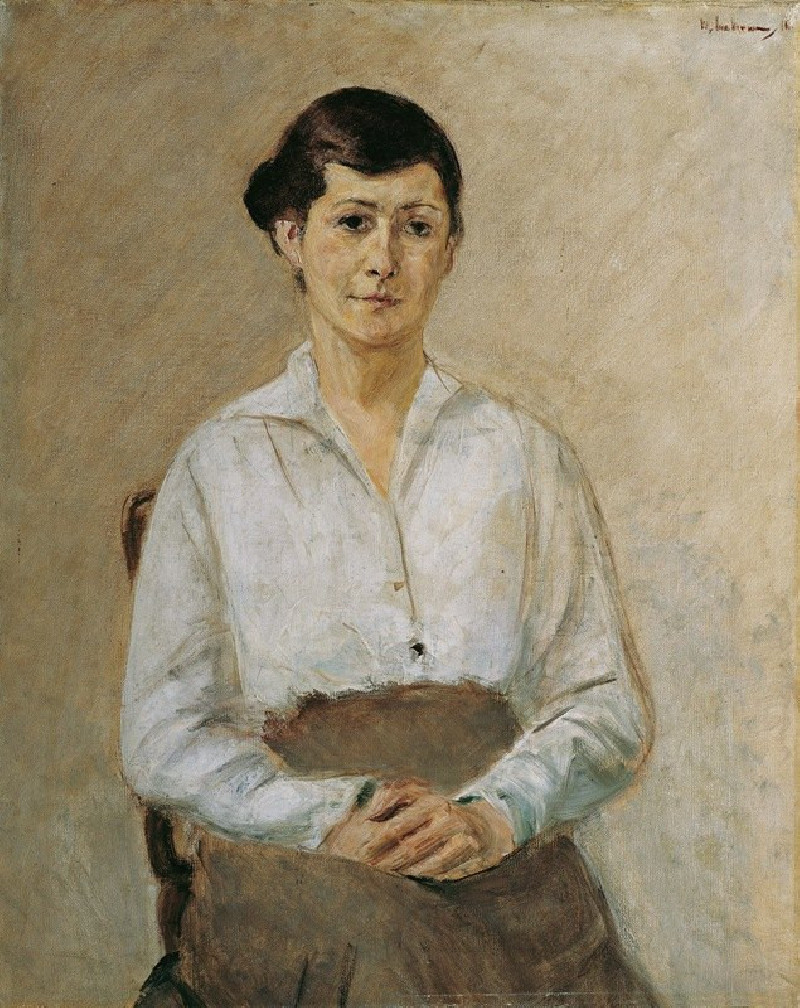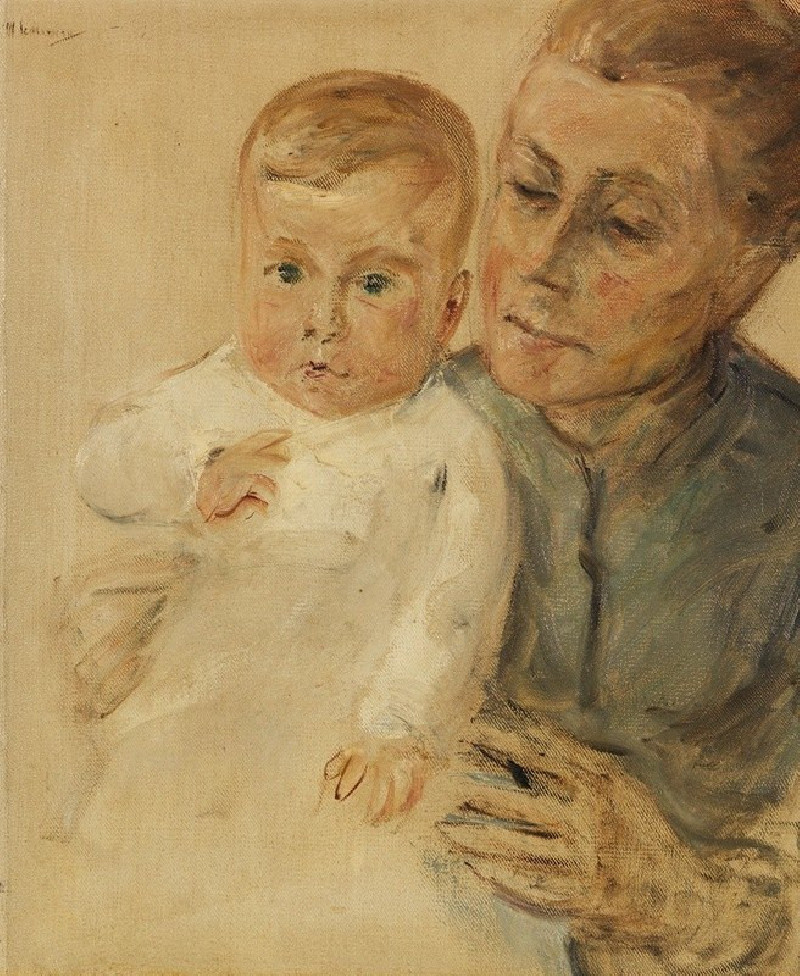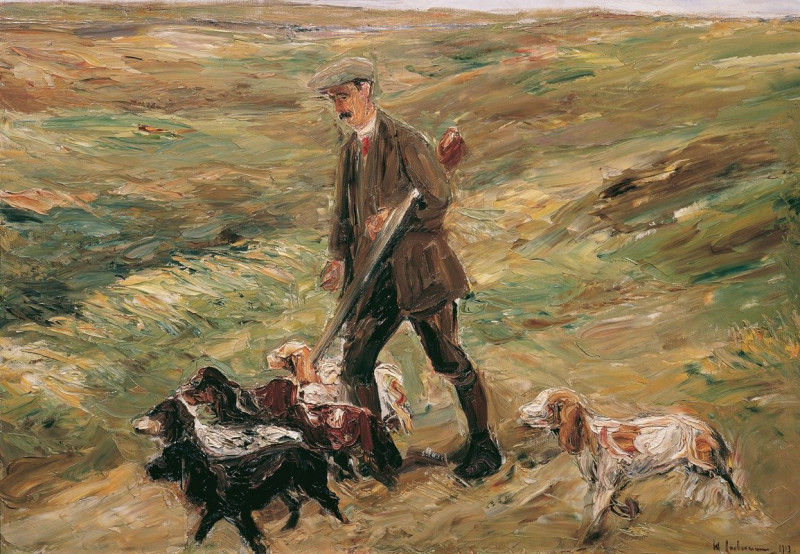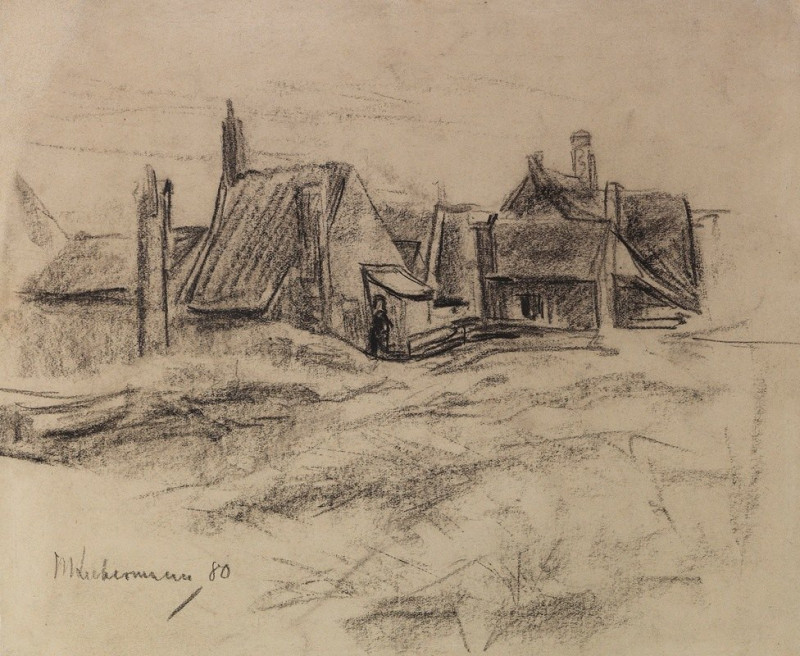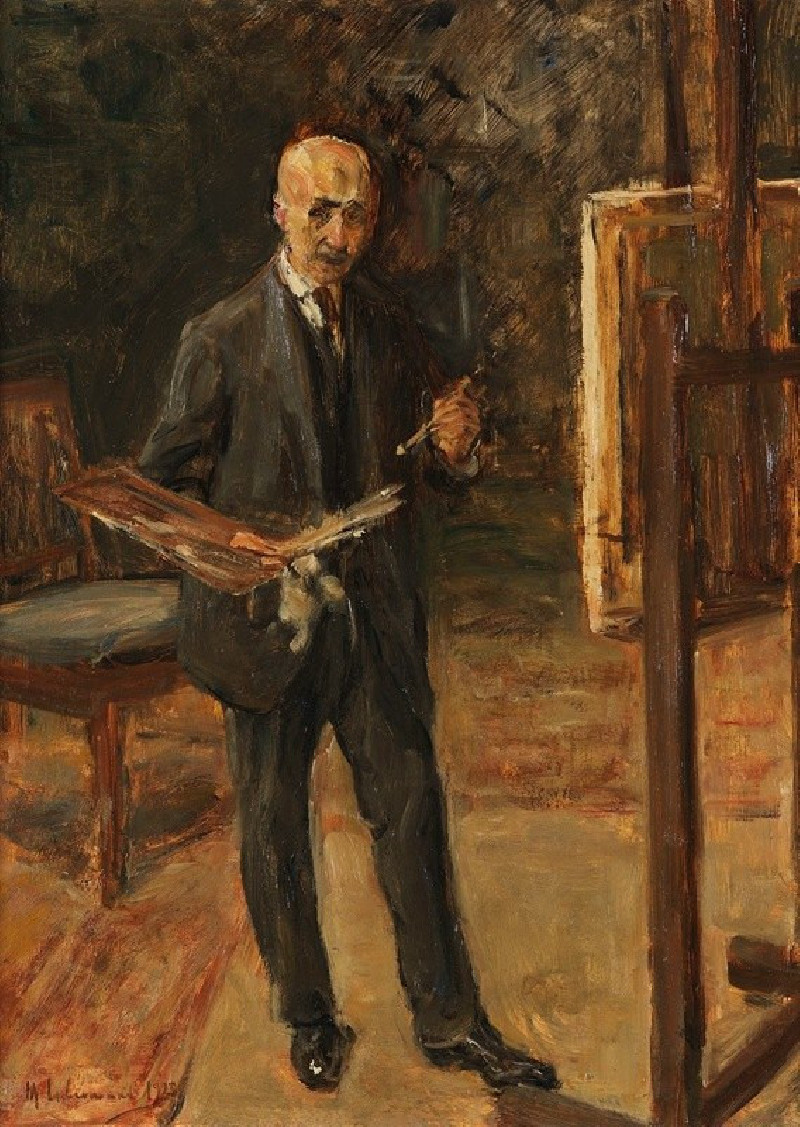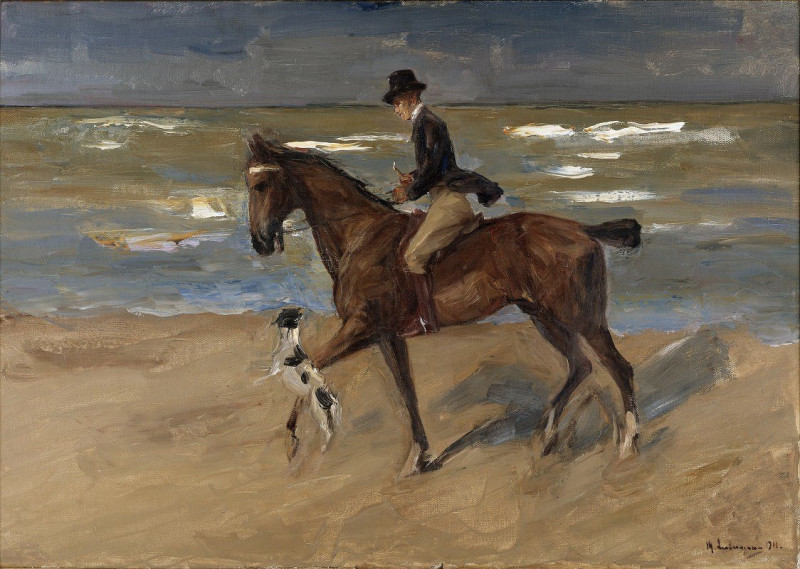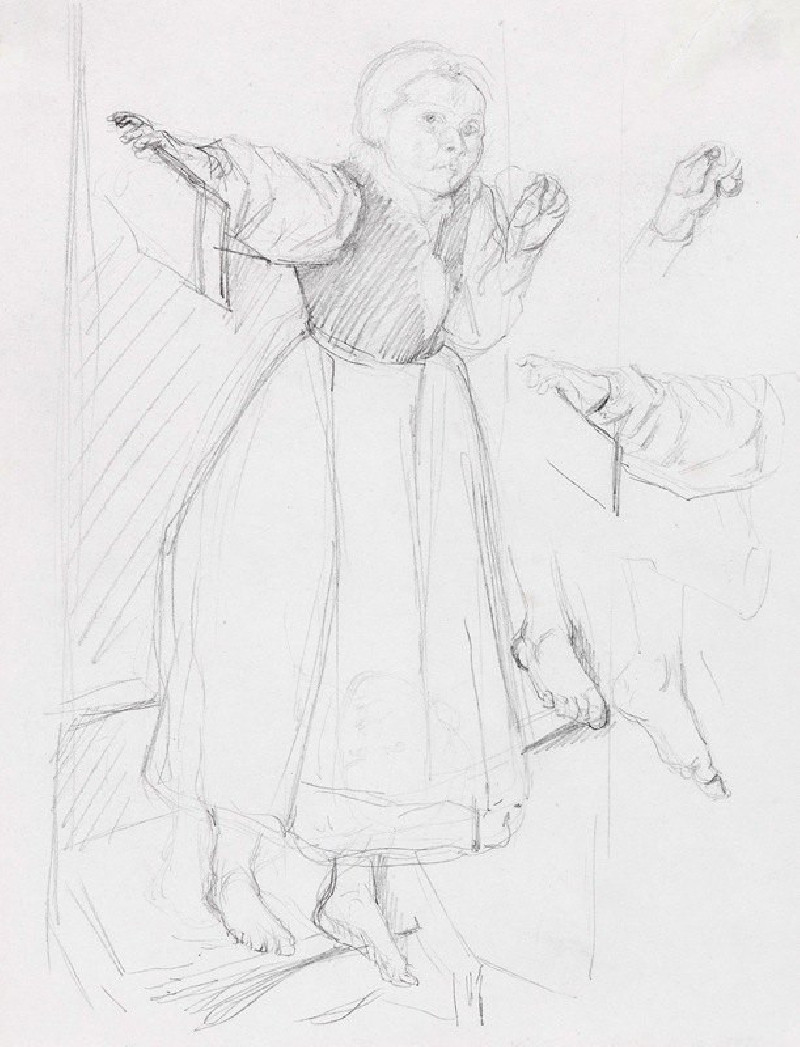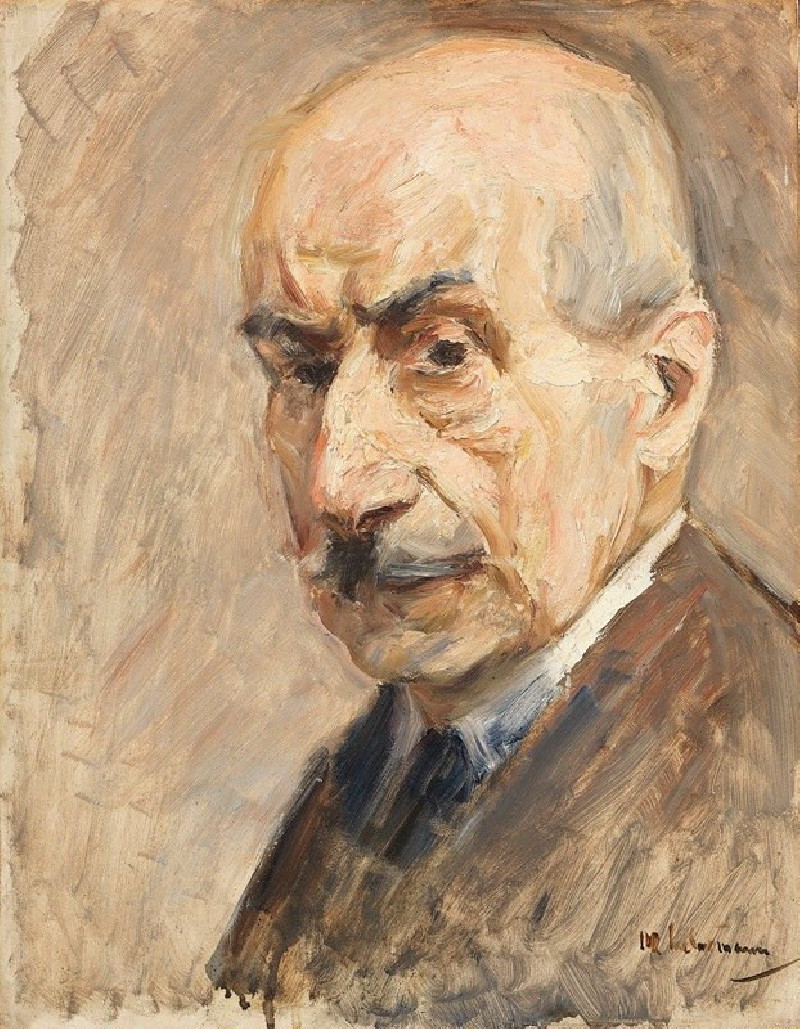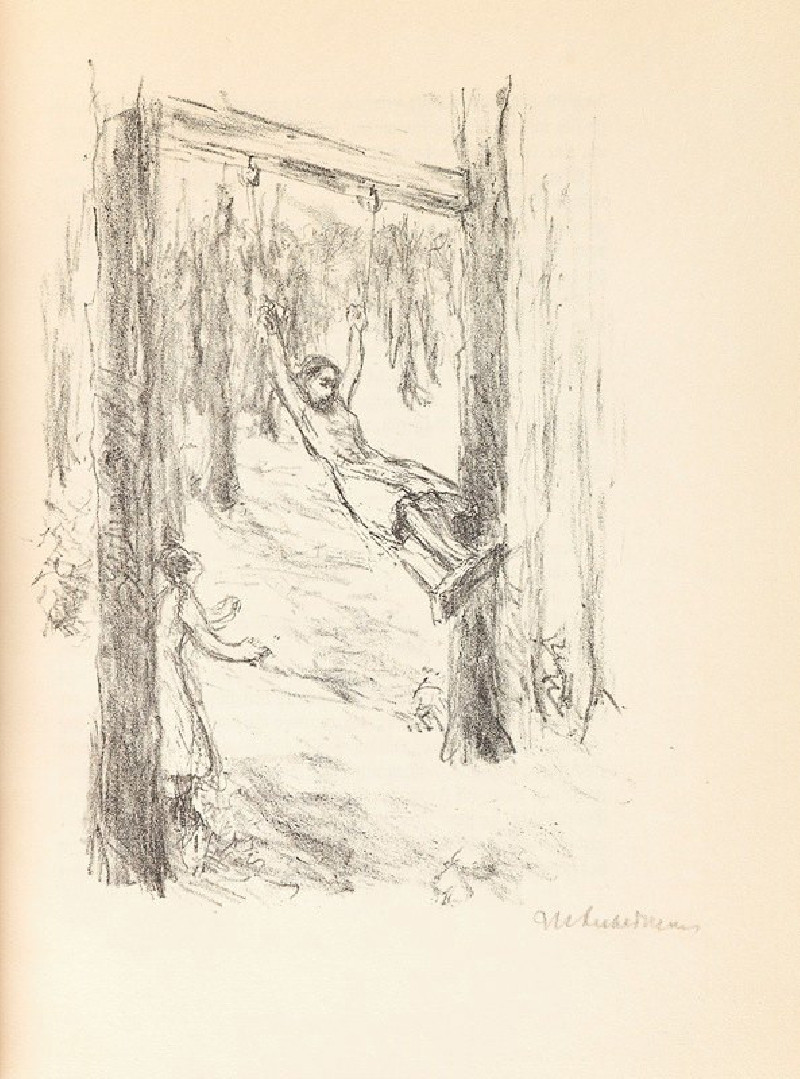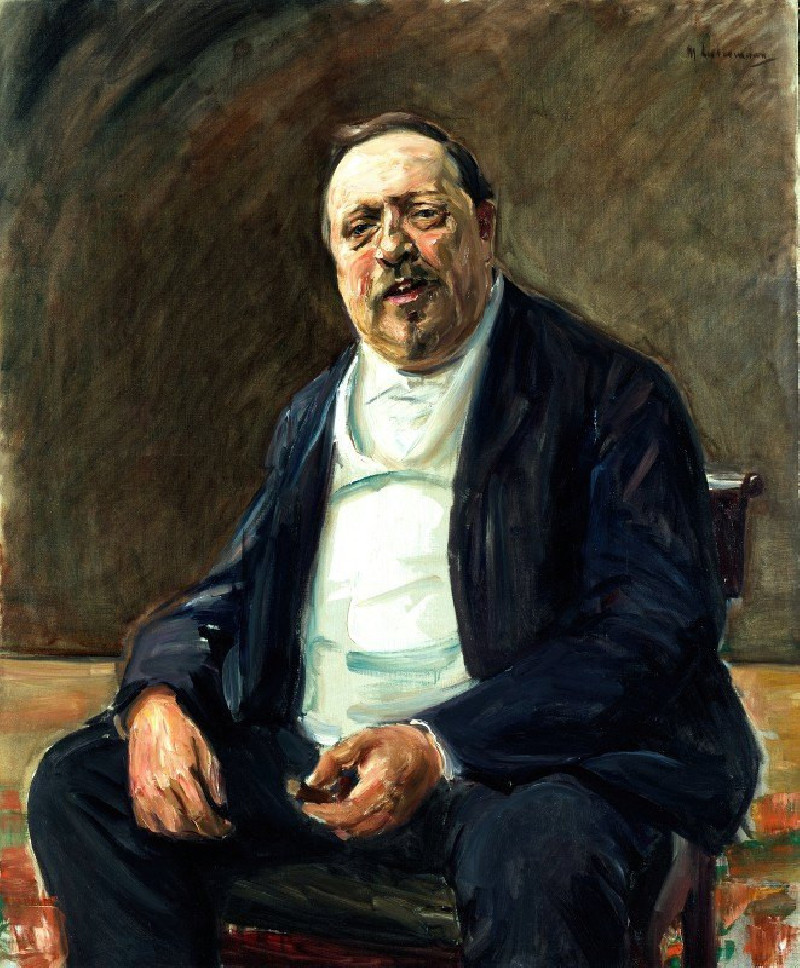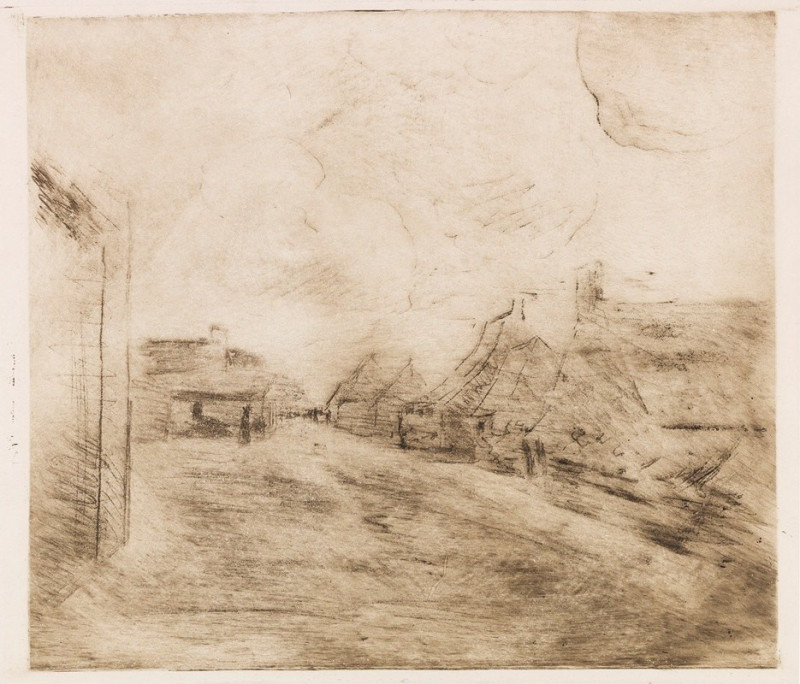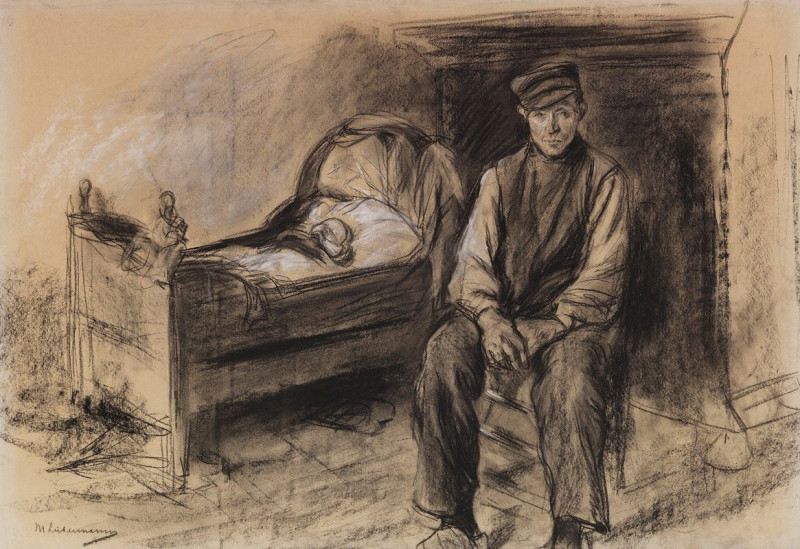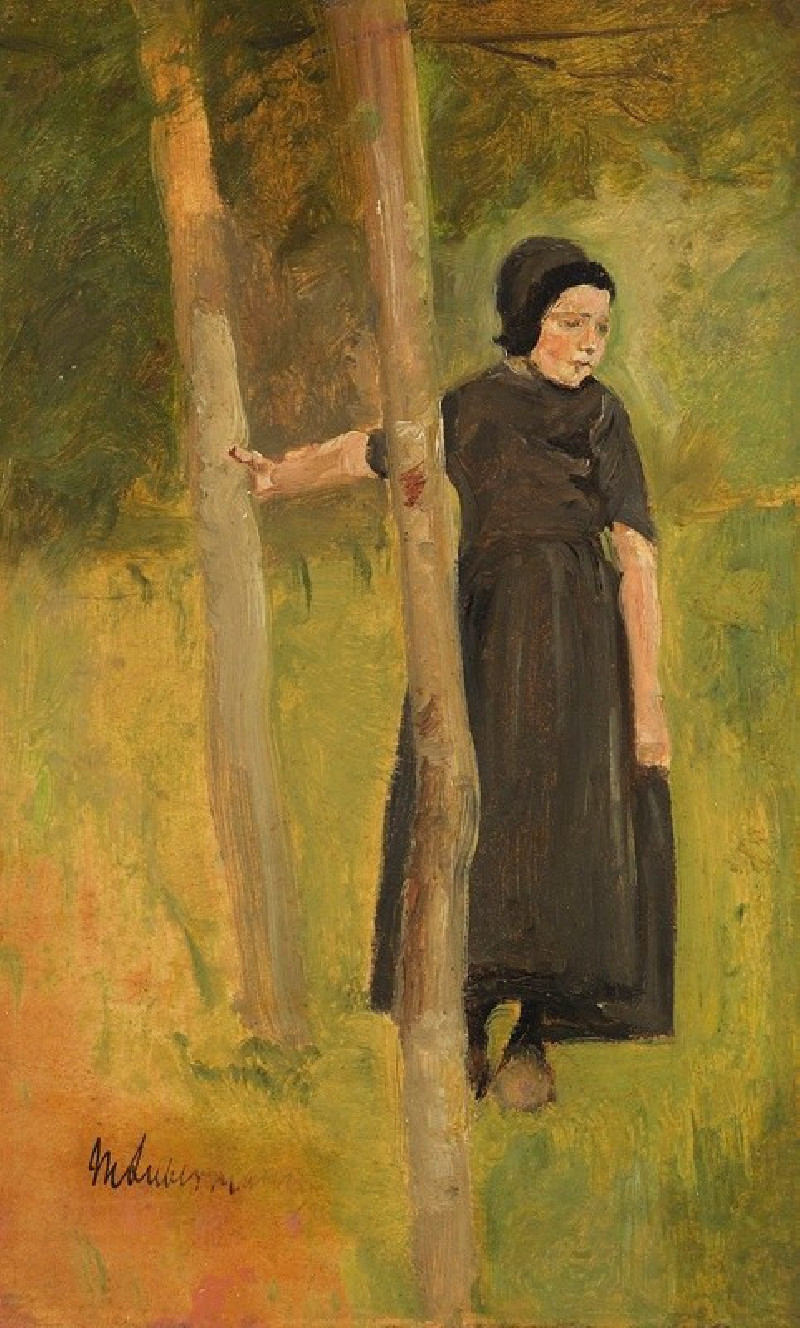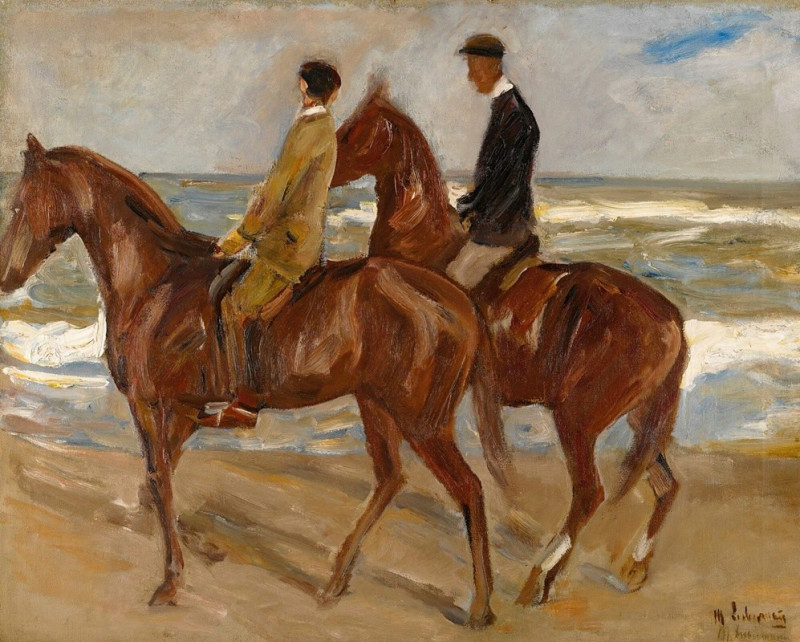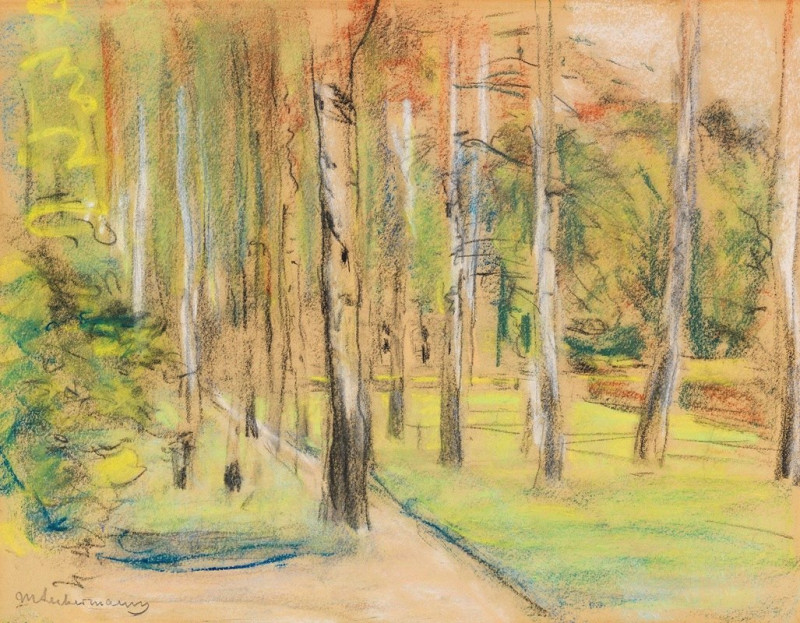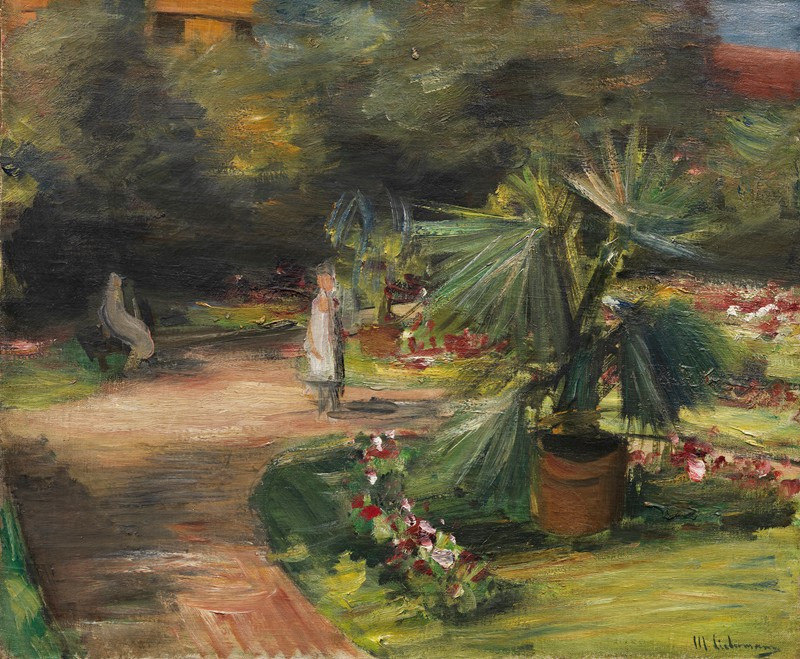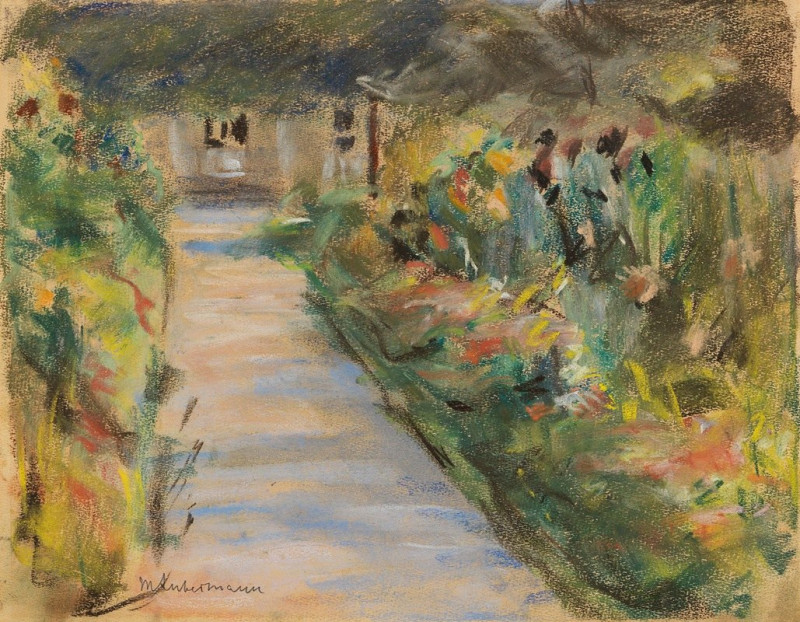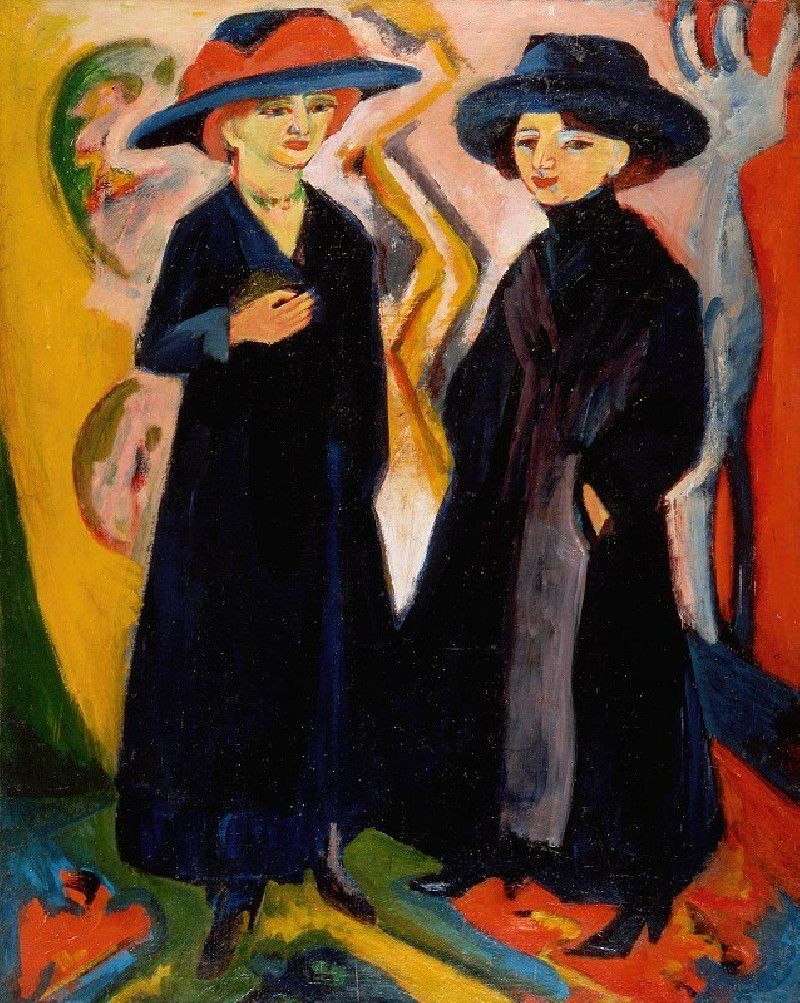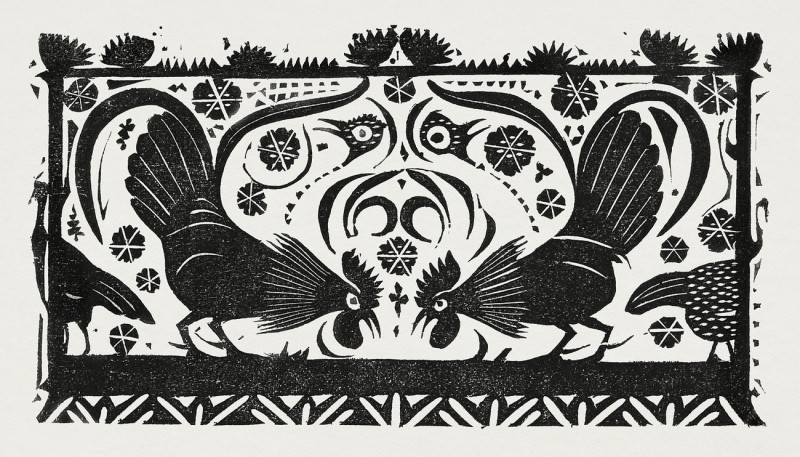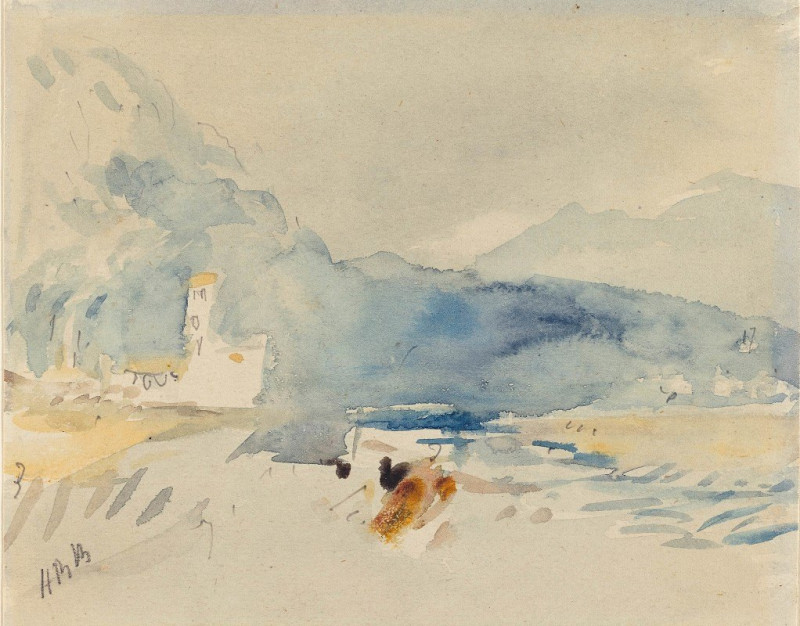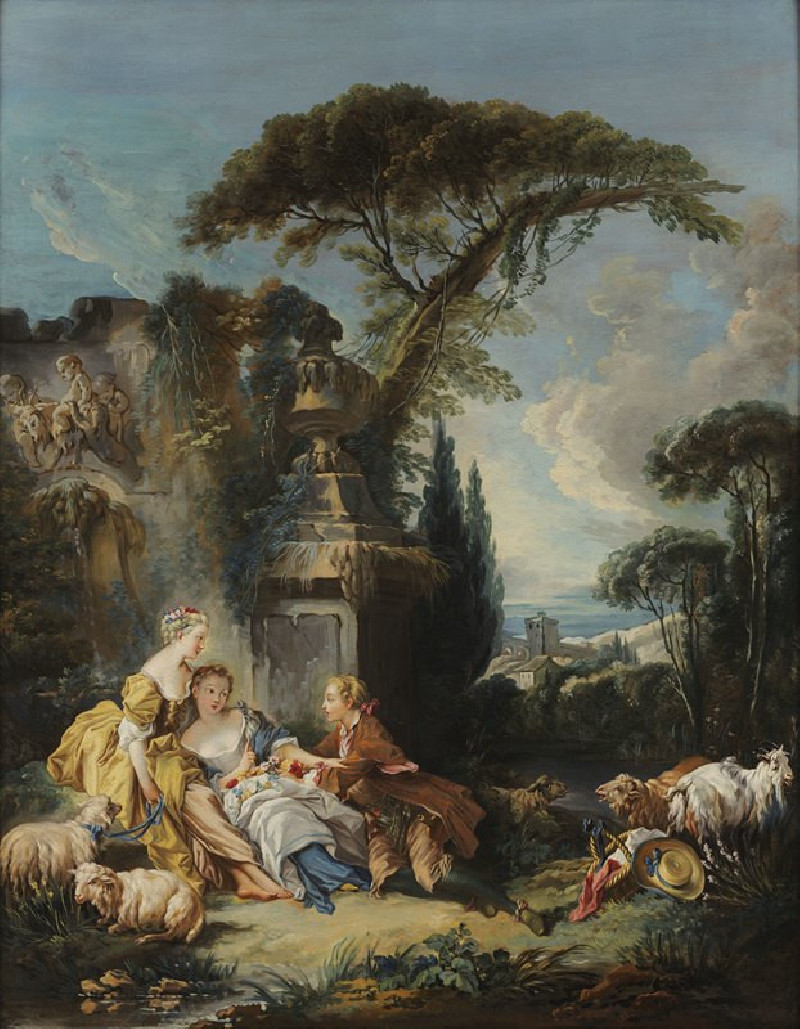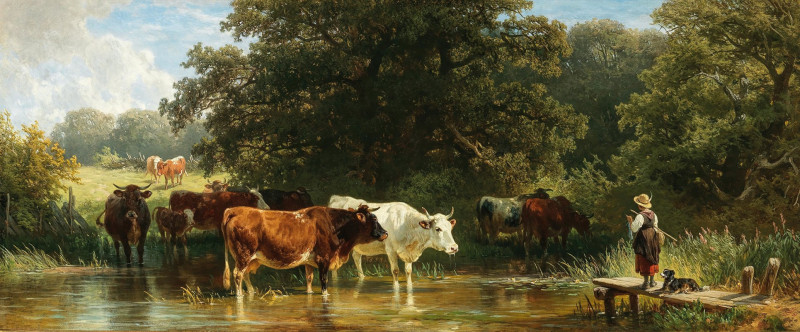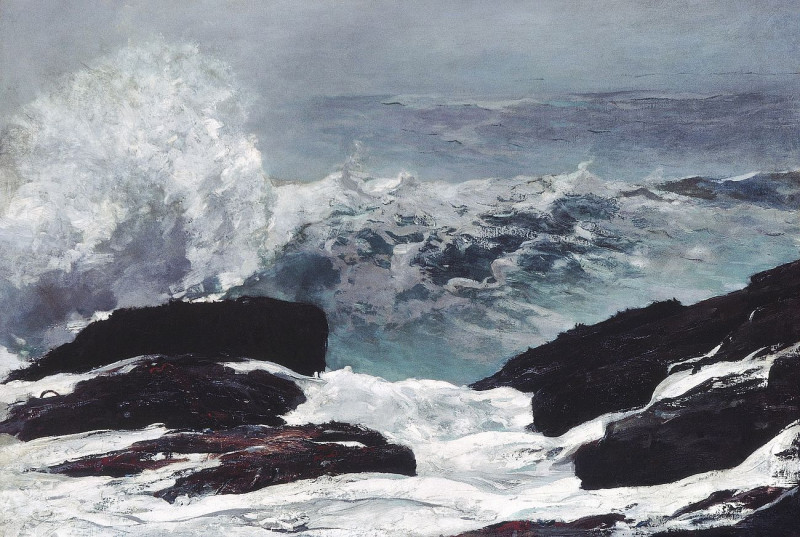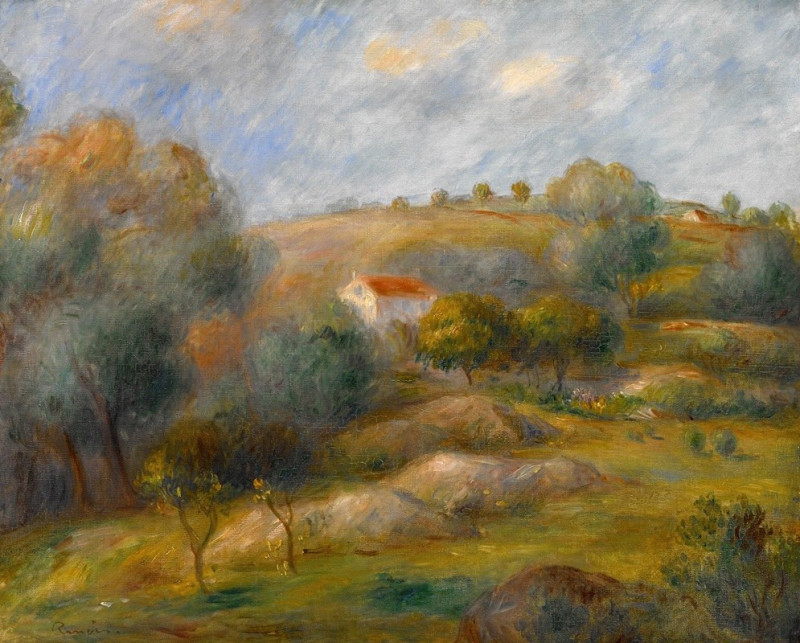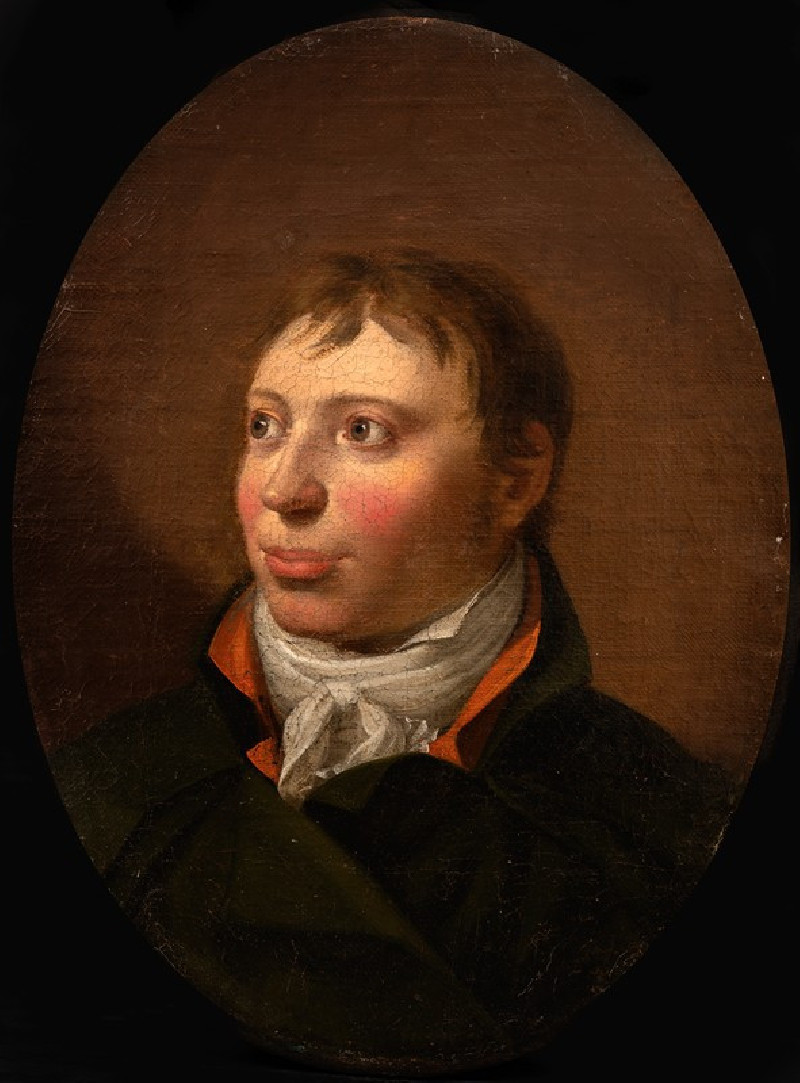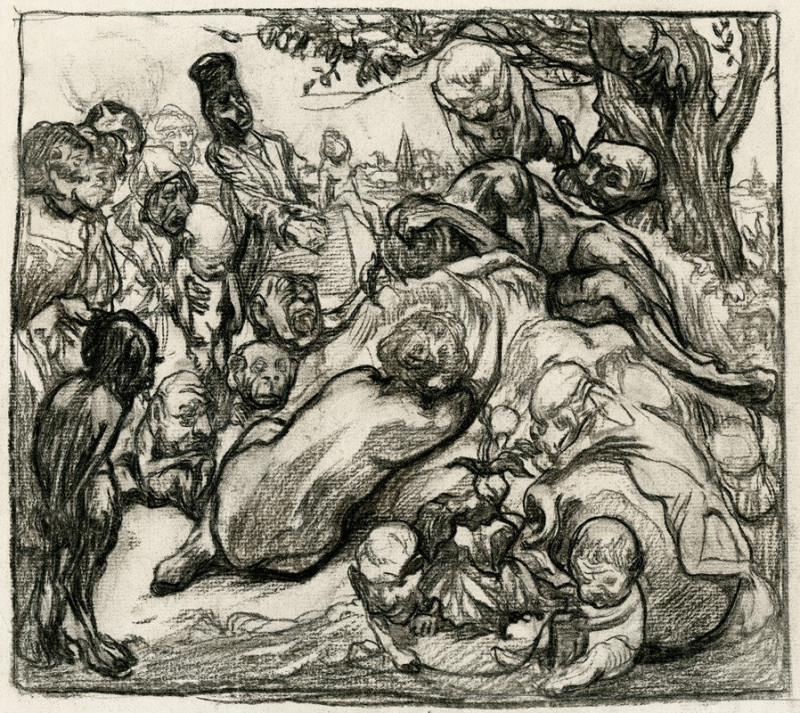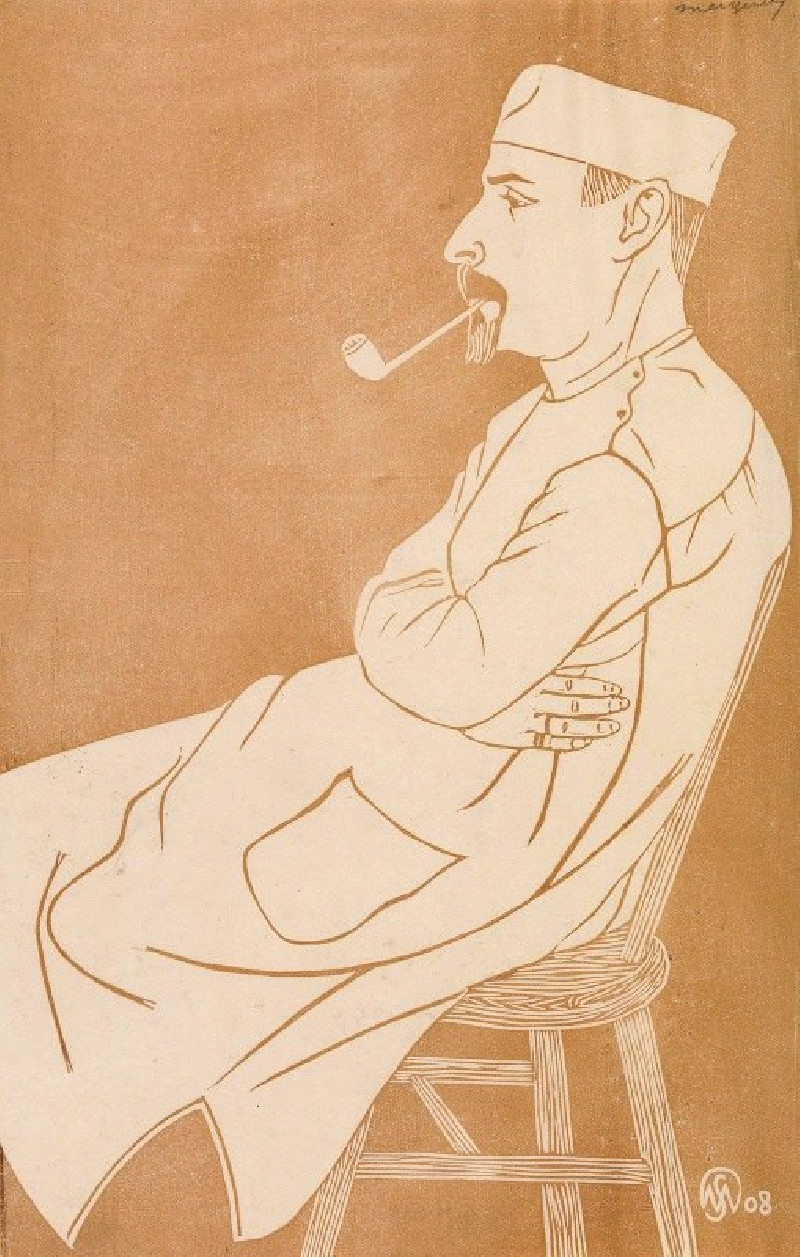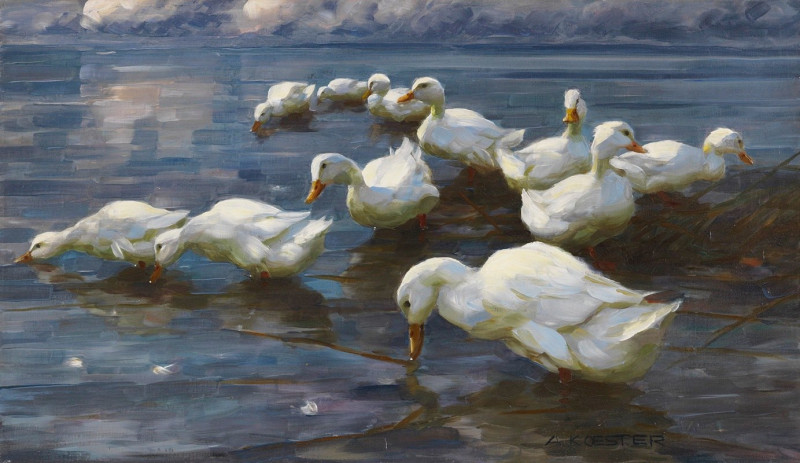Bathing Boys With Crab Fisherman
Technique: Giclée quality print
Recommended by our customers
More about this artwork
This evocative painting, "Bathing Boys With Crab Fisherman" by the acclaimed German artist Max Liebermann, captures a lively moment on the beach, blending the playful innocence of youth with the timeless rhythm of traditional livelihoods. The artwork, painted in an impressionistic style, employs a palette of soft blues, greens, and earth tones, depicting the dynamic interaction between the elements and human activity at the seaside.At the forefront of the scene, a crab fisherman, dressed traditionally with a hat and carrying a fishing tool, stands as a sentinel to the goings-on around him. His gaze possibly fixed on the bountiful catch or perhaps observing the youthful exuberance of the boys splashing in the water. This character adds a rich layer of narrative and contrast amidst the light-hearted play.Behind him, boys of various ages enjoy the freedom of summer, their carefree actions portrayed in fluid, sweeping brushstrokes that mimic the rushing waters around them. They seem to be in their own worlds, yet collectively contributing to the vivid tableau of beach life. This playful group adds vibrancy and a sense of movement to the painting, leading the viewer’s eye across the canvas, from the solitary fisherman to the energetic crowd of swimmers.Liebermann’s choice of perspective and composition creates a layered visual story, reflecting both joy and the everyday labor that coexists along the shore. "Bathing Boys With Crab Fisherman" is not just a portrayal of a moment in time, but a reflection on the coexistence of different rhythms of life, highlighting the interplay between work and play, tradition and the fleeting moments of childhood.
Delivery
Returns
Max Liebermann was a German painter and printmaker of Ashkenazi Jewish ancestry, and one of the leading proponents of Impressionism in Germany.
The son of a Jewish fabric manufacturer turned banker from Berlin, Liebermann grew up in an imposing town house alongside the Brandenburg Gate.
He first studied law and philosophy at the University of Berlin, but later studied painting and drawing in Weimar in 1869, in Paris in 1872, and in the Netherlands in 1876–77.



